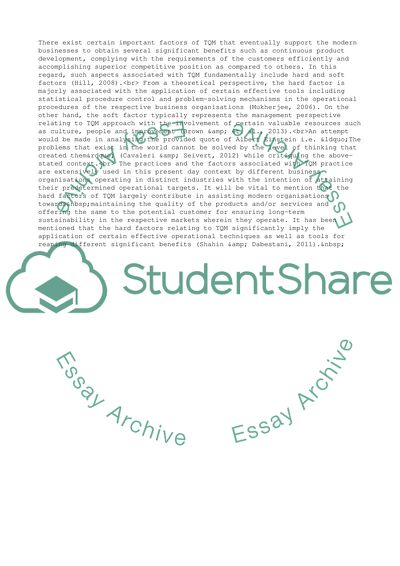Cite this document
(The Hard Factors of Total Quality Management Case Study - 4, n.d.)
The Hard Factors of Total Quality Management Case Study - 4. Retrieved from https://studentshare.org/management/1689449-total-quality-management
The Hard Factors of Total Quality Management Case Study - 4. Retrieved from https://studentshare.org/management/1689449-total-quality-management
(The Hard Factors of Total Quality Management Case Study - 4)
The Hard Factors of Total Quality Management Case Study - 4. https://studentshare.org/management/1689449-total-quality-management.
The Hard Factors of Total Quality Management Case Study - 4. https://studentshare.org/management/1689449-total-quality-management.
“The Hard Factors of Total Quality Management Case Study - 4”, n.d. https://studentshare.org/management/1689449-total-quality-management.


